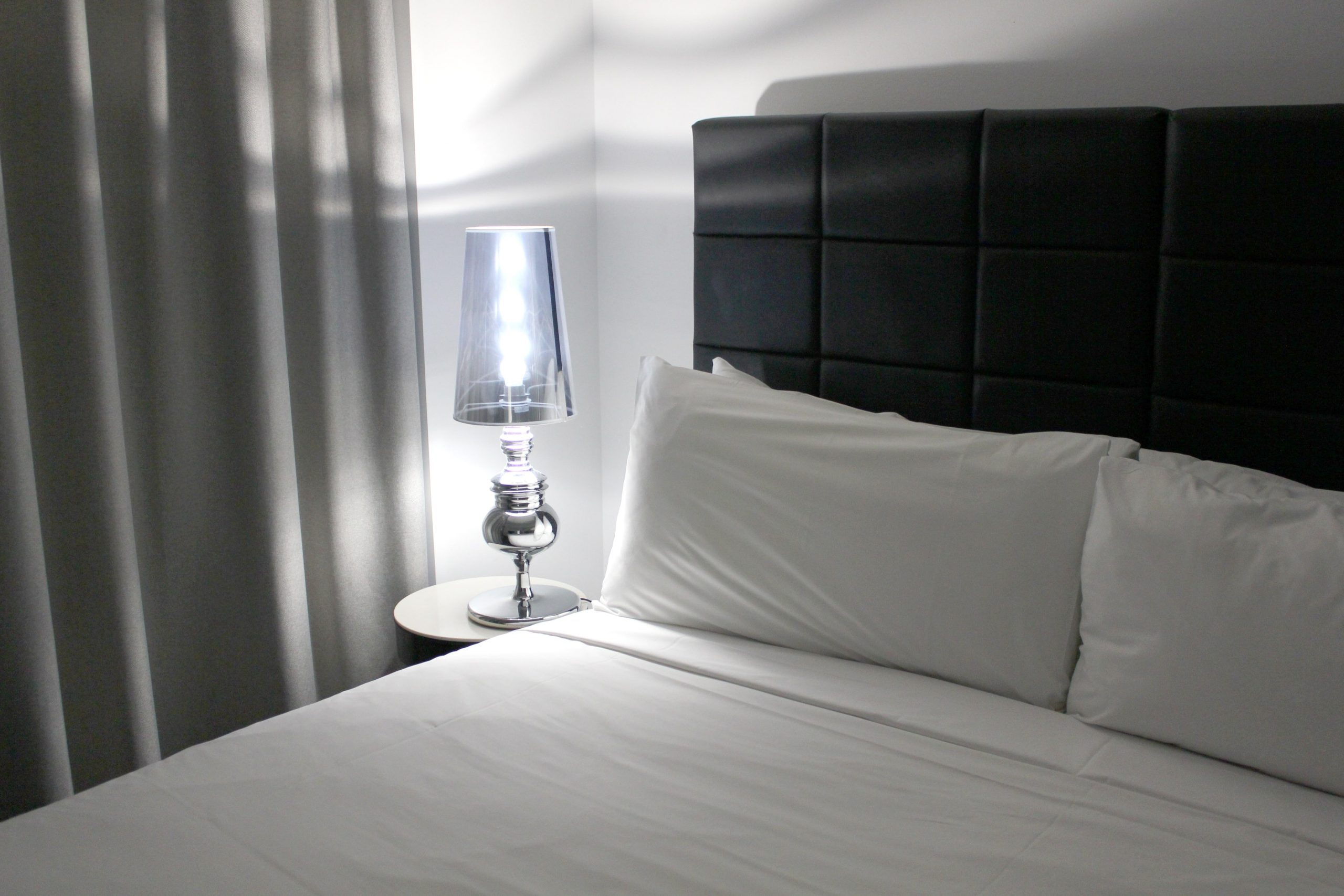Simplicity goes beyond just appearance. A excellent illustration of cautious living and simplicity is a minimalist house design with clean lines, practical spaces, and an attitude of “less is more” that aids with attention and leisure. Minimalist houses may seem calmer, more orderly, and larger when you cut out the extraneous and concentrate on what really matters. Whether you are planning a small room or your dream home, keeping things simple will help you enjoy the space more. This design is all about showing things off in a way that looks good, from the simple colors to the smart storage solutions and clean plans. Minimalist design provides a calm haven in the hectic environment of today, allowing homeowners to lower visual noise and encourage a more conscious way of life directly at home.
Open Space and Functional Layouts
Maximizing open space is fundamental component of minimalist home design. The layout is intentionally structured to remove barriers and allow for easy flow between rooms. Open-plan living—where the kitchen, dining, and living areas are combined—encourages connectivity and makes small homes feel more expansive. Fewer walls and simplified floor plans contribute to a brighter and more breathable interior.
Functionality is just as important as aesthetics. Every square foot should serve a purpose. Built-in furniture, wall-mounted shelving, and modular designs help avoid clutter while optimizing available space. When furniture doubles as storage or folds away when not in use, the overall footprint is reduced. This utilitarian approach guarantees that every component of the home promotes a balanced and clean surroundings, thus improving daily life and increasing its efficiency.
Neutral Palettes and Natural Light
Simple design depends much on color choices. Think whites, grays, beiges, and earthy tones—soft, neutral palettes provide harmony and coherence all across the house. These colors assist to reflect natural light, therefore enhancing the openness and size of the area. Minimalism depends on subdued contrasts and textures to create depth without overloading the senses instead of strong colors.
Many times, large windows, skylights, and glass doors bring in plenty of natural light, thereby accentuating the simplicity of the interior. To prevent visual clutter, window coverings are kept to a minimum—sometimes avoided completely. Not only does light physically change a place, but it also emotionally, which helps to create the calm, pleasant environment that distinguishes simple houses. Layered illumination from clean-lined fixtures and hidden LEDs maintains a pleasant mood for nighttime.
Simplified Furnishings and Materials
Minimalist furniture frequently stresses quality over quantity and has simple forms. Consider smooth line, natural wood finishes, and unemblished shapes influenced by Scandinavians. The aim is to design a well chosen environment in which every object is useful, aesthetically pleasing, and significant. Minimalist rooms have less but more deliberate furniture than roomy couches and extravagant décor would occupy.
Improving the look depends much on materials. Slick and subtle appeal favors concrete, wood, metal, and glass. These rough, usually industrial materials also go well with natural components like bamboo or stone. Soft materials’ tactile contrast with harsh surfaces creates visual appeal without straying from the minimalist concept. In this sense, furniture and materials cooperate to create harmony therefore enabling every area to breathe and operate with clarity.
Decluttered Surfaces and Thoughtful Storage
A characteristic of minimalist design is the lack of clutter. Countertops, coffee tables, and dressers are kept uncluttered or showcase just one or two well selected décor objects. This helps to promote general calm and lowers visual noise. Less things on show makes each one more noticeable, therefore guiding every design decision.
Consistent maintenance of this pristine appearance depends on careful storage choices. Under-bed drawers, floating shelves, hidden cabinets, and integrated closets serve to hide daily goods from view. Many minimalist houses avoid attracting notice by using built-ins that fit well into walls or cabinets. Organizational methods inspire homeowners to routinely change their possessions, therefore preserving just what is absolutely required or enjoyable. Long after the first design is finished, this kind of thinking helps to preserve order.
Conclusion
Minimalist house design is about creating a residence that represents clarity, simplicity, and purpose—not just about decoration. This kind of design emphasizes open layouts, neutral tones, utilitarian furniture, and clever storage to help create tranquility and awareness in every area. It promotes deliberate living and helps homeowners clear their mental as well as their physical environments. Incorporating minimalist ideas may help you downsize, redecorate, or start from fresh create not only a visually appealing surroundings but also encourage emotional wellbeing and practical living. In the overstimulated environment of today, a minimalist house becomes a refuge with less confusion and more peace. It shows that careful decisions and the calm strength of simplicity define beauty rather than excess.
